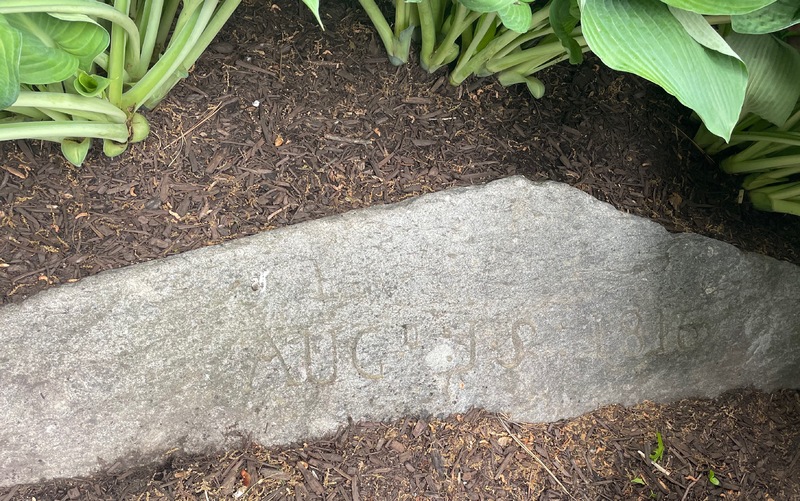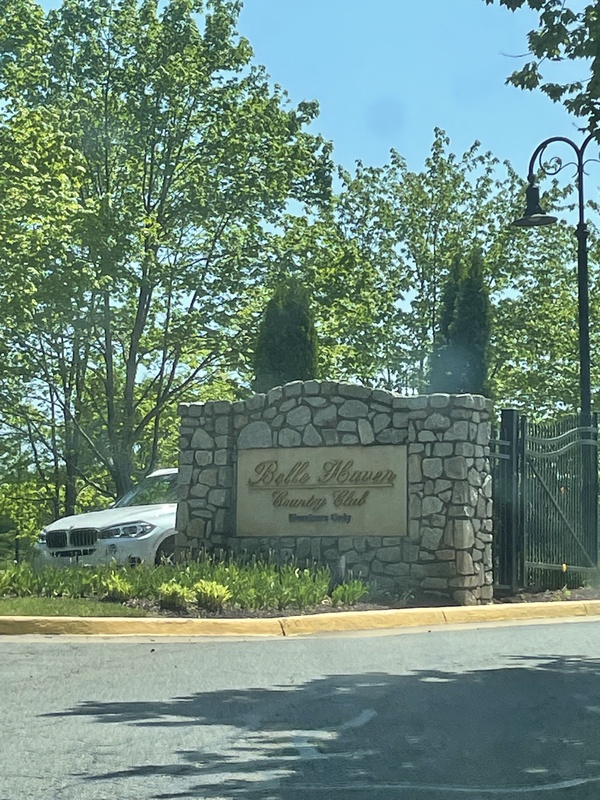As the focus of this project is on the lives of the enslaved Black boys, particularly Spencer and Alfred, the space that they occupied needs to be explored. As mentioned in Sprouse’s article, Spring Bank was once a part of the West Grove Plantation. The West Grove Plantation in its entirety is a large spatial entity that is a symbol of the captivity of Black lives. The plantation started off as a two-story house built in 1710 that belonged to the West family. Within the West family, they held captive 27 enslaved people who were affected by this land. The story of captivity on the West Grove Plantation continued with Spencer and Alfred since they were enslaved to Dennis Johnston, a Fairfax County Court Justice who owned some acres of the land. Their involvement in this space isn’t about their own personal captivity but the captivity of others. As explained in Slave Patrols: Law and Violence in Virginia and the Carolinas, Alfred and Spencer approached the slave patrols because “[they] had a limited goal - to free their fellow [enslaved people] taken captive earlier that evening.” (Hadden, 2001). The enslaved people in question belonged to William H. Foote who lived in Hayfield (present-day Fairfax County) whose papers were checked by Stephen Jones earlier. They were in the company of Spencer and Alfred, but since they didn’t have papers, they were then arrested. Enslaved people needed to have papers to show that they had permission granted by their enslaver to travel. At that point of the arrest, that was when West Grove changed from a space of captivity to a space of resistance. It can be assumed that Spencer and Alfred were connected to these individuals as there were accounts that explained they also belonged to Dennis Johnston and were hesitant to be arrested.
To save the enslaved people that were arrested, Spencer and Alfred decided to follow the patrollers. They crossed Cameron Run and ended up near a place known as Ritcher’s Folly which is now around the area of North Kings Highway. They waited and anticipated for the patrollers to come by with their associates that were arrested. Patrollert Stephen Jones stopped their journey on a road that led to Mount Vernon near Ritcher’s Folly which was near where Spencer and Alfred were. The traditional narrative of what took place next was called an ambush but to change the narrative it will be known as a movement of resistance. Spencer and Alfred came out behind the bushes and defended themselves against the patrollers to release their associates from their captivity.
The West Grove Plantation turned into the Belle Haven Country Club in the 20th century. During the Civil War, the original house West Grove House got burned down by Union soldiers. The land was untouched for several decades until the 1880s when New Alexandria was being constructed. After the New Alexandria Land River Improvement Company declared bankruptcy in 1924, the land that New Alexandria stood on was sold in an auction. This led to the development of Belle Haven Country Club as the owner, David Howell, bought the land to add to the residential aspect of the country club. Today, the land stands on 160 acres of land that spreads from Hunting Creek, Potomac River, and Belle Haven Road. As I visited this location, the concept of alternative narratives proposed by McKintrick fled my mind. The traditional narrative of Belle Haven Country Club is its an establishment that provides a social life for those that are in the Alexandria area and that it has a rich history, dating back to the 1700s. There are some descendants of the West family that still visit the grounds of the West Grove Plantation as their traditional narrative consists of their political and patriotic ancestors, such as Colonel John West, once occupying the space and preserving it. Although Belle Haven is a beautiful establishment, the alternative narrative was spatially constructed as I stood on the land, revealing the club’s ugly truth. The truth is that the land Belle Haven stands on is a site of pain and resistance from the perspective of the Black lives that once occupied the land. Those Black lives are left out of the story as there hasn’t been any physical evidence found on the land to memorate the enslaved people that lived on the plantation. As Black people once occupied the space, the meaning of Belle Haven Country Club changes. It changes from being a space for Alexandria residents to enjoy luxuries, such as playing golf and tennis, to benefitting on a land where people once didn’t have the luxury to enjoy their lives freely.



